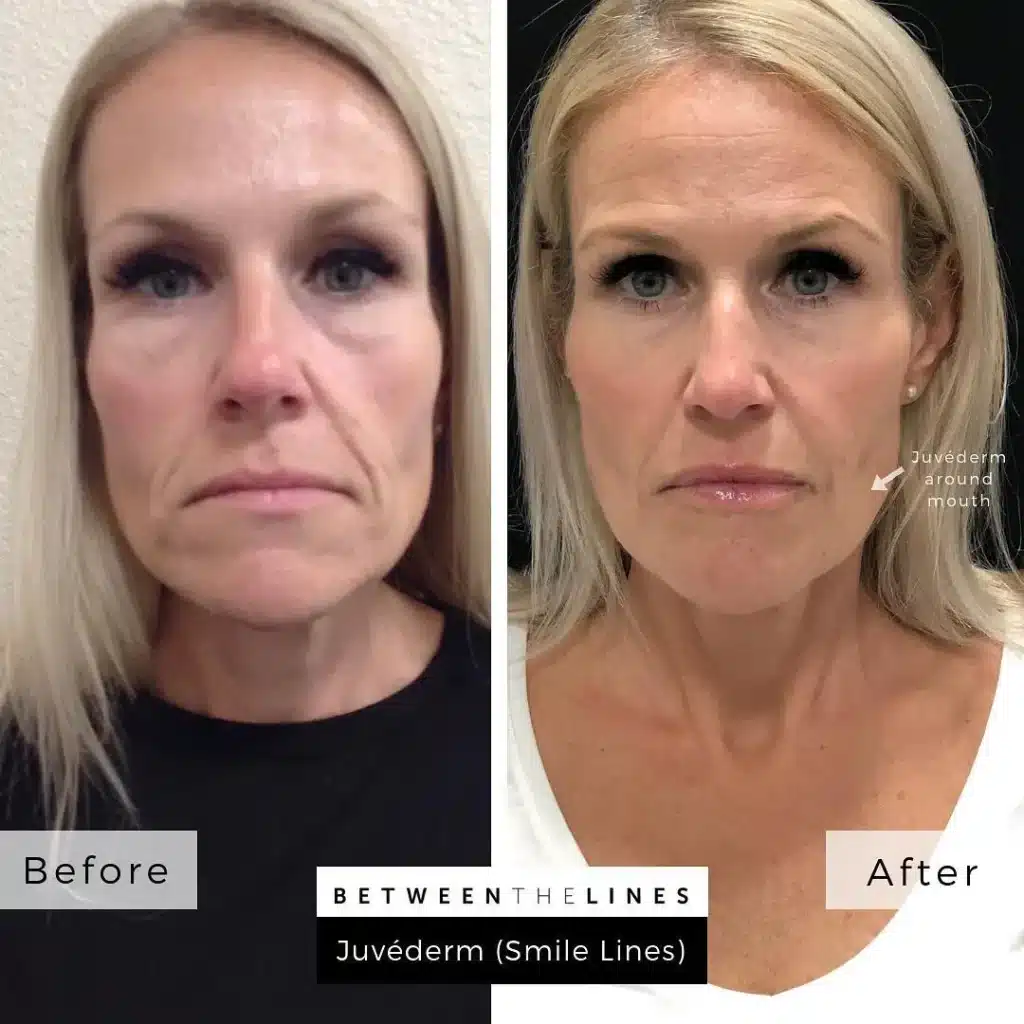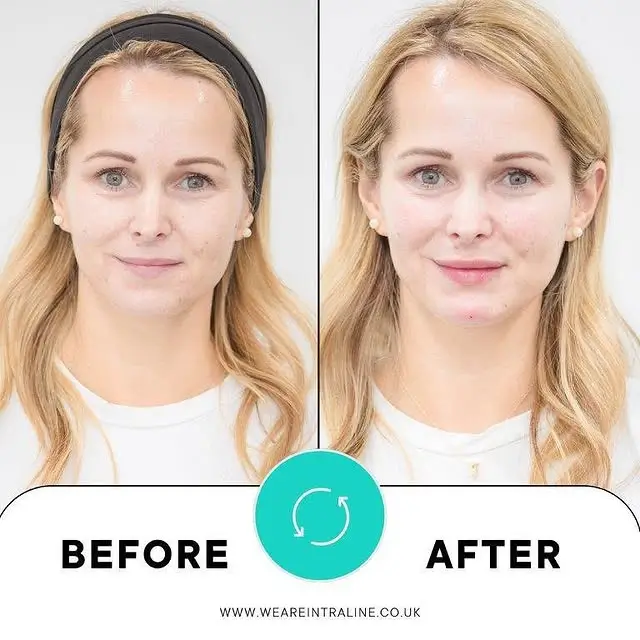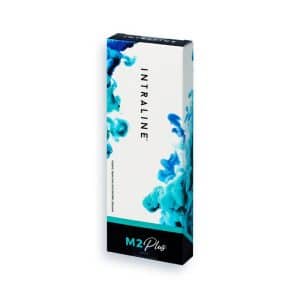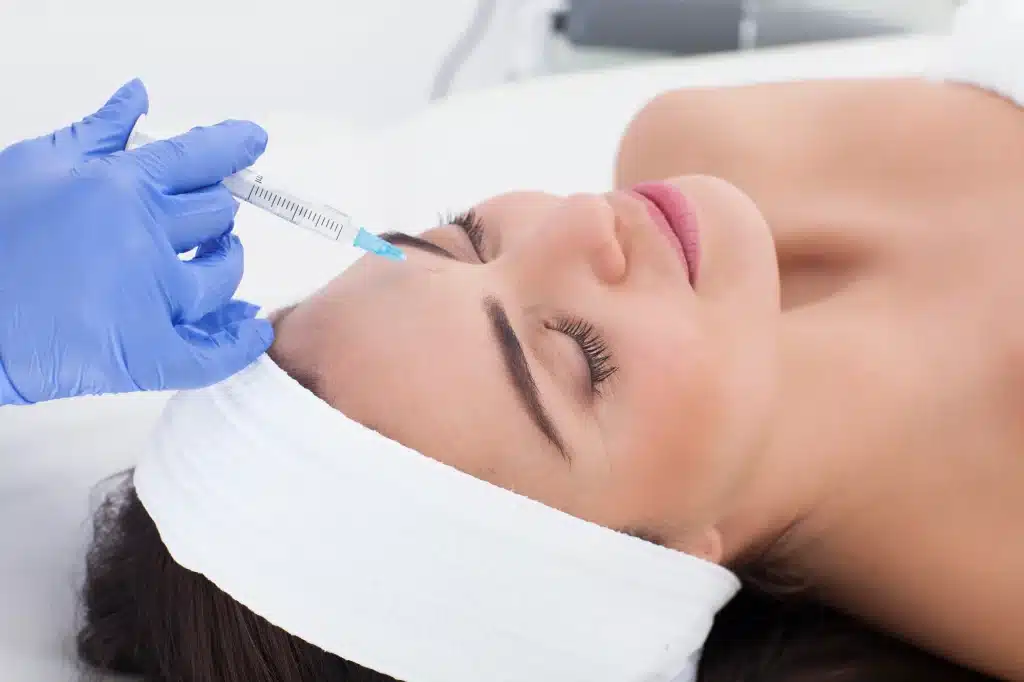Hyaluronic acid, first discovered in 1934, has since become a game-changer in both skincare and medical treatments. This naturally occurring substance is essential for maintaining skin hydration and elasticity, cushioning joints, and supporting eye health. Its versatility has catapulted it to the forefront of modern aesthetics, with the global hyaluronic acid market projected to grow substantially, possibly reaching USD 14 billion by 2030.
As demand for hyaluronic acid grows, so does its use in treatments like Intraline and Juvederm, two popular dermal fillers that enhance facial contours and reduce wrinkles. Although both products contain hyaluronic acid, their formulations and applications differ, making it crucial to seek professional guidance to determine which option best suits your aesthetic goals.
In this article, we’ll dive into a thorough comparison between Intraline fillers and Juvederm, exploring their features, benefits, and which might be the best fit for your needs.
Key Takeaways
- Both fillers use hyaluronic acid, but Juvederm includes Vycross technology for longer-lasting results.
- Studies show high patient satisfaction for both, but Juvederm is noted for its smoother texture and longevity.
- Clinical trials confirm similar side effects, including swelling and bruising, but Juvederm has a longer safety record.
- Intraline may be more cost-effective for practitioners, while Juvederm provides more options for specific facial concerns.
- Temporary swelling, bruising, and redness are common with both fillers, but serious complications are rare.
About: Medical Spa RX provides medical practices with premium products at the best prices. If you’re looking to order Intraline Products online for your practice, the sales representatives at Medical Spa RX can give you guidance.
Formulation and Composition Differences
Intraline and Juvederm are both hyaluronic acid-based fillers used to restore volume and smooth wrinkles. However, they differ in formulation. Juvederm uses Vycross technology, which cross-links HA molecules for enhanced durability and longevity. In contrast, Intraline features a smaller molecular structure that may allow for a more natural integration with the skin, resulting in smoother, more subtle results.
Juvederm also includes lidocaine in most of its products, providing pain relief during injections, while Intraline fillers typically do not contain lidocaine. The differences in molecular weight and cross-linking affect how the fillers perform within the skin, influencing their texture, longevity, and effectiveness for various treatment areas.
Efficacy and Patient Satisfaction Rates
Juvederm fillers are known for their quick, visible results, with effects lasting up to two years in many cases. High patient satisfaction rates indicate that users appreciate the enhanced facial aesthetics and the comfort offered by the product.

Juvéderm was used to smooth smile lines, creating a refreshed and youthful look for this patient. This treatment effectively softens lines while preserving natural facial expressions for subtle, long-lasting results.
Similarly, Intraline fillers deliver excellent results, especially for medium to deep nasolabial folds. For those wondering, “How long does Intraline filler last?“, a study highlights that Intraline corrections generally last for several months, with many patients reporting high satisfaction and compliance.

The patient received 2mL of Intraline M4 Plus in the cheeks, 1mL in the nasolabial folds, and 1mL of M3 Plus in the lips, achieving beautifully enhanced facial contours.
Safety Profiles and Side Effect Comparisons
Both Intraline and Juvederm have established solid safety records through clinical trials. When administered properly, hyaluronic acid fillers generally exhibit a low complication rate. However, common side effects for both include:
- Swelling at the injection site
- Bruising
- Redness and irritation
- Temporary lumps or uneven texture
- Mild discomfort or tenderness
More severe complications, such as vascular occlusion or allergic reactions, are rare but possible. Juvederm, being FDA-approved for a longer period, benefits from a more extensive safety profile supported by numerous clinical studies. On the other hand, while Intraline is newer, it has also proven to be safe with minimal adverse effects when properly administered.
Practical Considerations for Clinical Use
When deciding between Intraline and Juvederm, practitioners need to consider several factors to match the patient’s needs and budget. Here’s what to keep in mind:

- Longevity & Volume: With Juvederm’s advanced cross-linking technology, patients can expect long-lasting results, especially in high-volume areas like the cheeks and nasolabial folds.
- Subtle Enhancements: For those seeking refined features like fine lines or lip definition, Intraline offers a more cost-effective option while still providing noticeable results.
- Injection Comfort: Juvederm stands out for its smooth consistency and the inclusion of lidocaine, which significantly improves comfort during the injection process.
- Affordability: On the other hand, Intraline provides a budget-friendly alternative without compromising on quality, making it a great choice for clinics offering more affordable treatment options.
Ultimately, the choice between these two fillers depends on the desired aesthetic outcome, patient preference, and budget considerations. While Juvederm is ideal for long-lasting volume and comfort, Intraline offers an effective and practical solution for more subtle, budget-conscious enhancements.
Conclusion
Both Intraline and Juvederm offer effective dermal filler solutions, each with its own distinct benefits. Juvederm excels with its advanced technology, providing long-lasting, smooth results, while Intraline offers a cost-effective alternative with a natural, subtle aesthetic.
When selecting a filler, factors such as patient goals, treatment area, and desired longevity should be carefully considered. Both fillers are safe, well-tolerated, and trusted options for facial rejuvenation, catering to various needs and preferences.
FAQs
1. How long does Intraline filler last?
Intraline fillers typically last between 6 and 12 months, depending on the treatment area and individual metabolism.
2. Is Intraline filler FDA-approved?
Intraline fillers are CE-marked for safety in Europe but may not have FDA approval in the U.S. Always check the regulatory status in your region.
3. What areas can Intraline filler treat?
Intraline is commonly used for lip enhancement, fine lines, nasolabial folds, and cheek volume restoration.
4. Do Intraline fillers contain lidocaine?
Some Intraline products include lidocaine for a more comfortable injection experience, while others are available without it for patients with sensitivities.
References
Laurent TC, Fraser JRE. The history of hyaluronic acid discovery, foundational research and initial use. In: Hyaluronan. Balazs EA, Laurent TC, Fraser JRE, eds. Wiley; 2015:3-16. https://onlinelibrary.wiley.com/doi/10.1002/9781118695920.ch1
Hyaluronic acid market projected to reach $14 billion by 2030. Yahoo Finance. Published May 15, 2023. https://finance.yahoo.com/news/hyaluronic-acid-market-projected-reach-140000135.html
Ames H. 11 benefits of hyaluronic acid for the face and body. www.medicalnewstoday.com. Published March 22, 2021. https://www.medicalnewstoday.com/articles/hyaluronic-acid-benefits





















